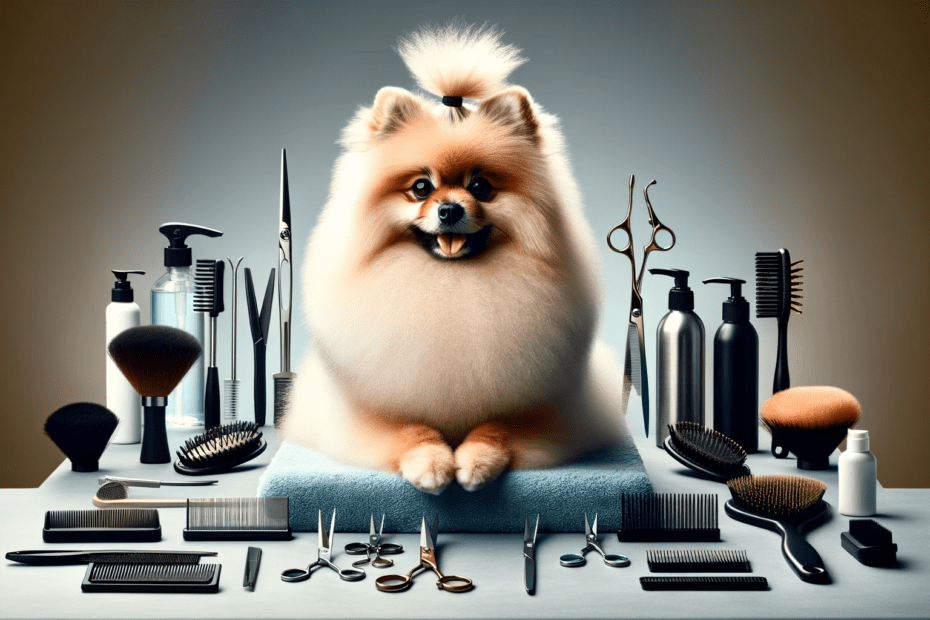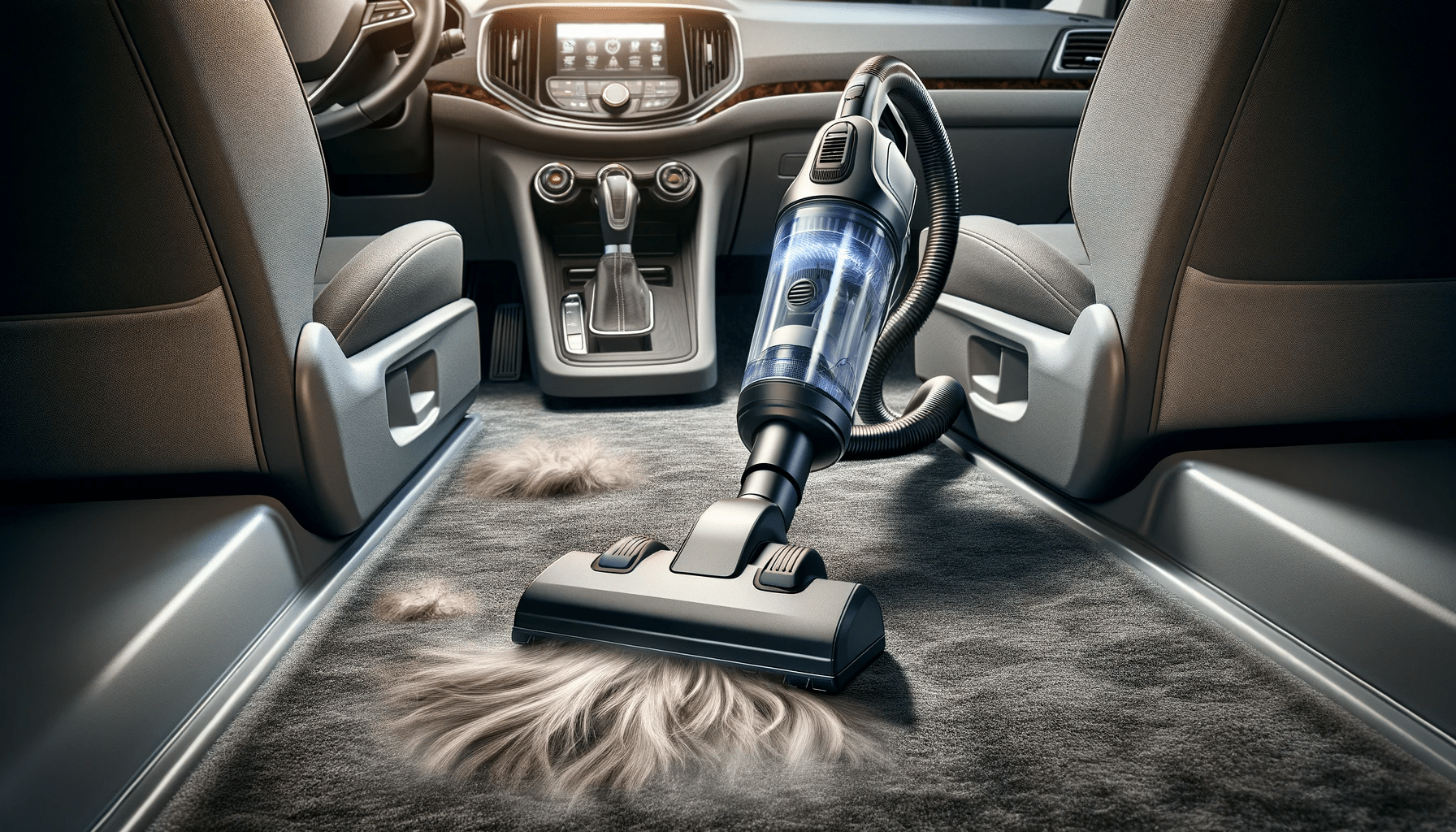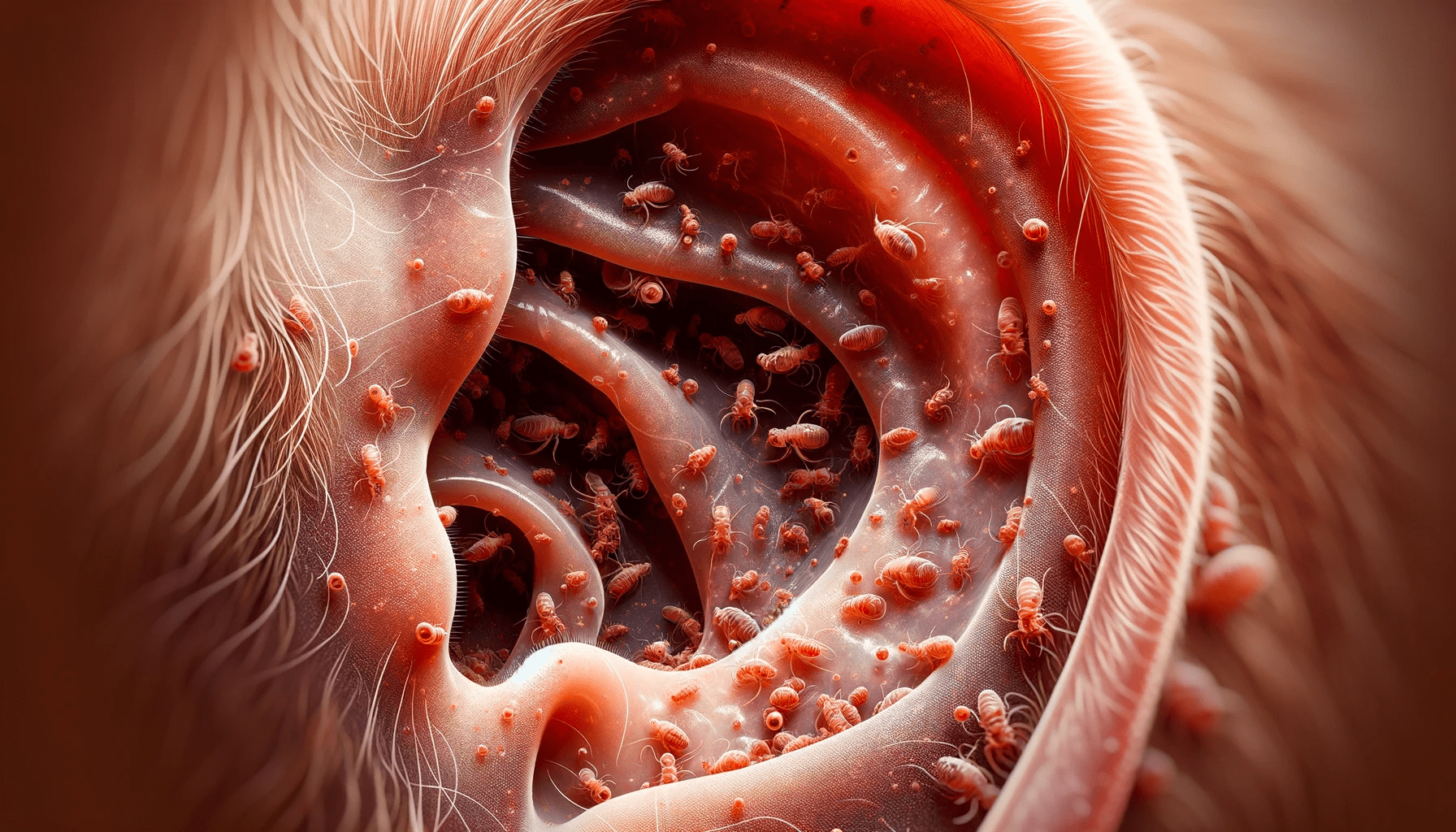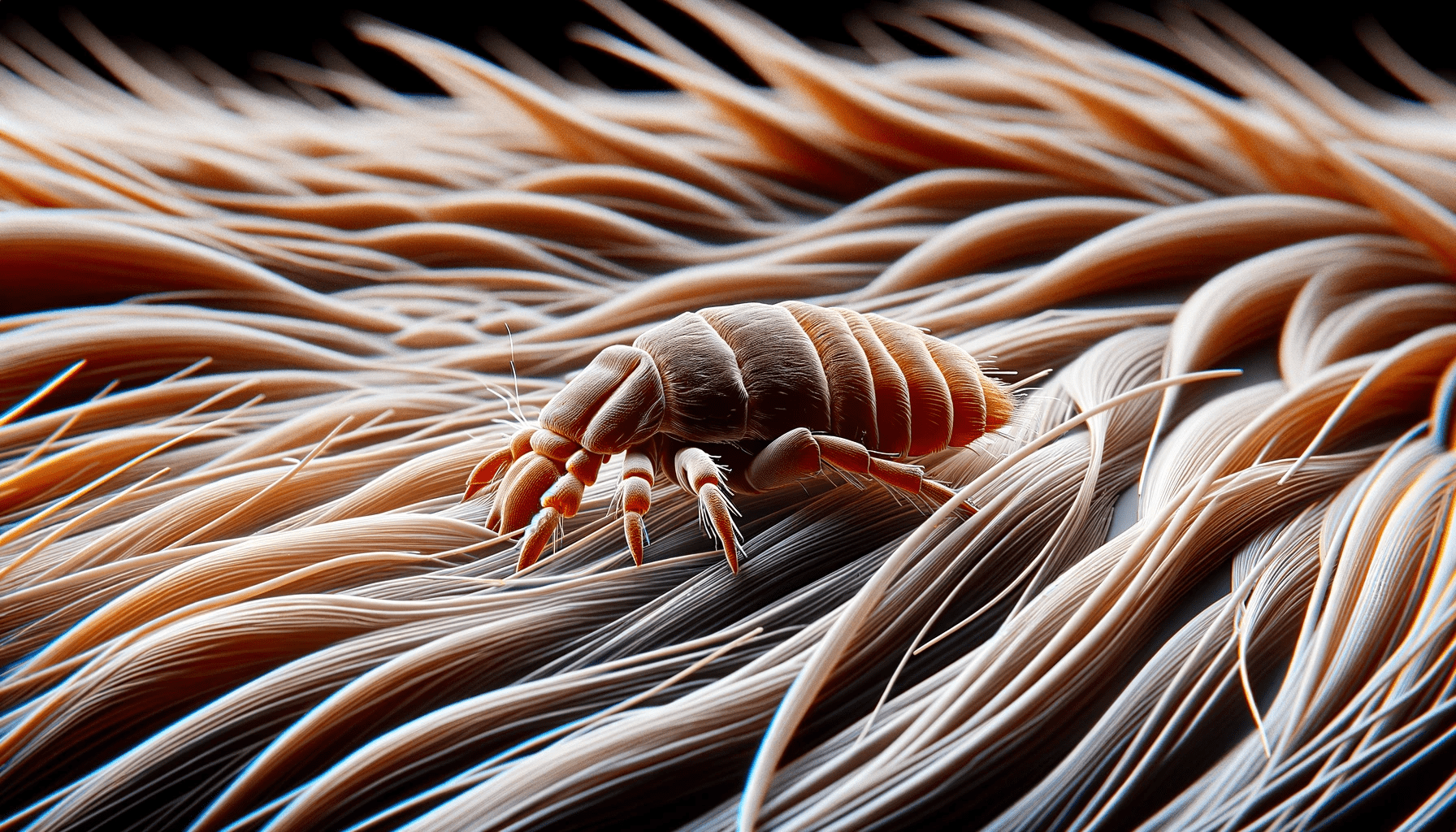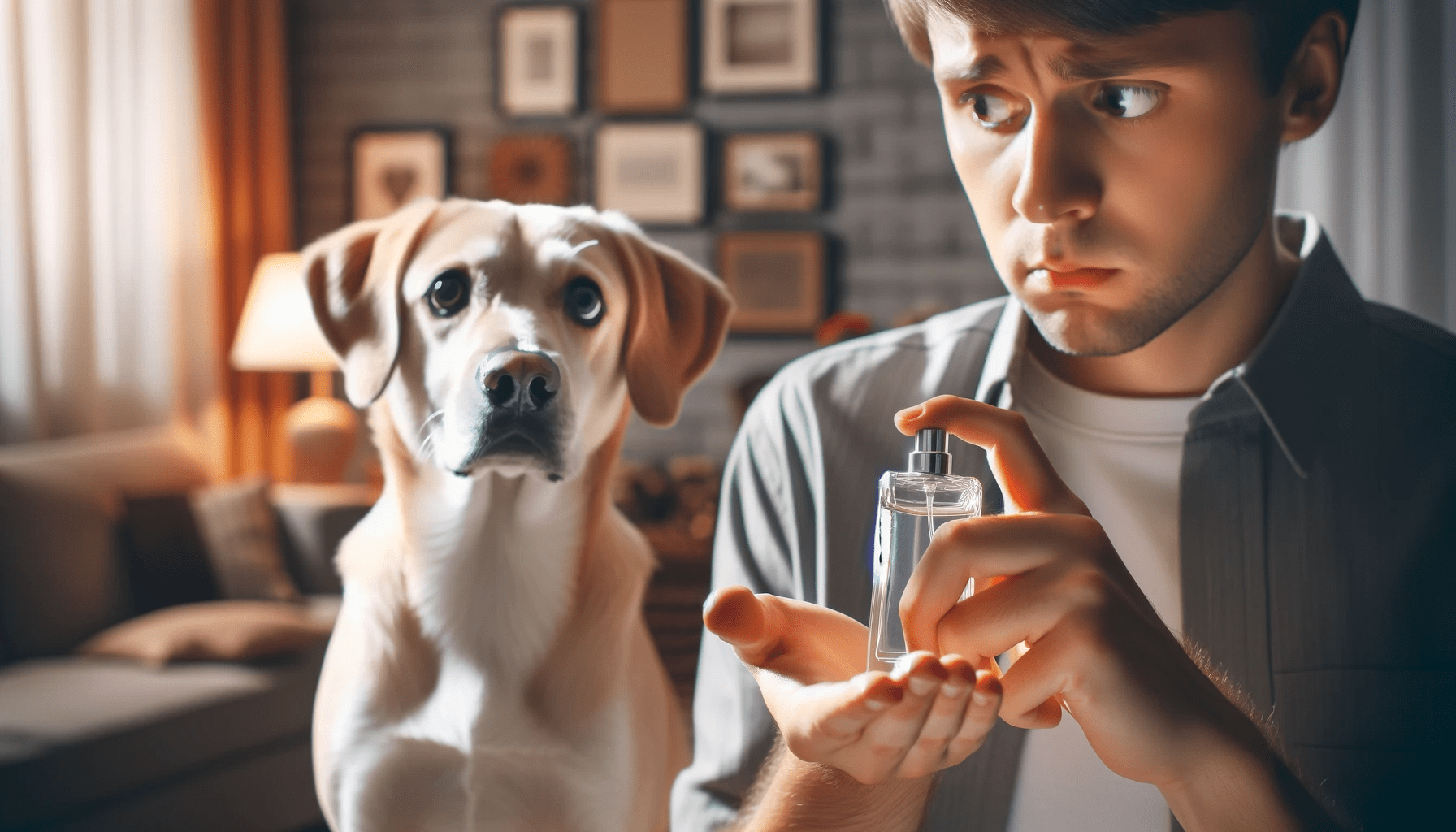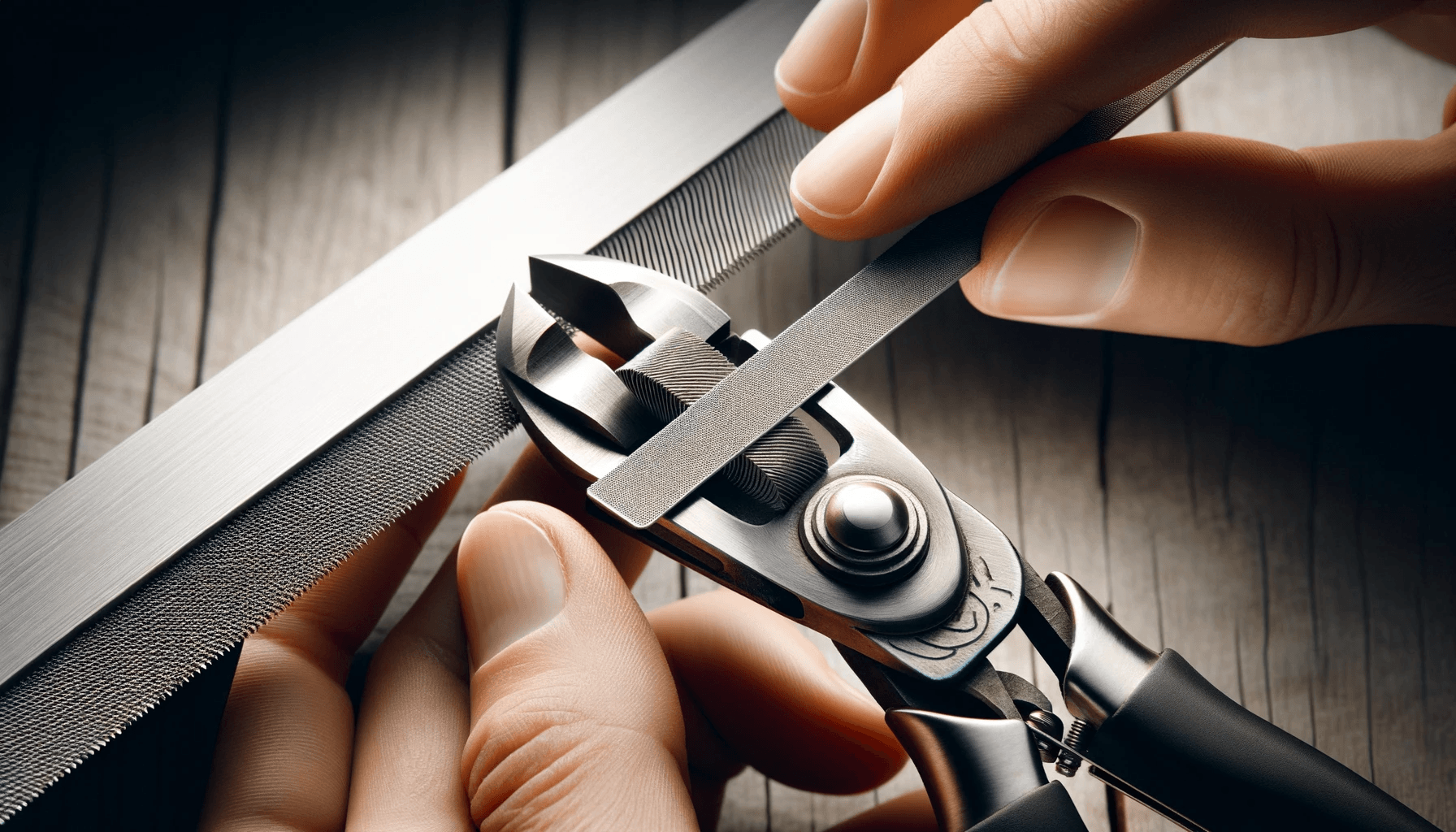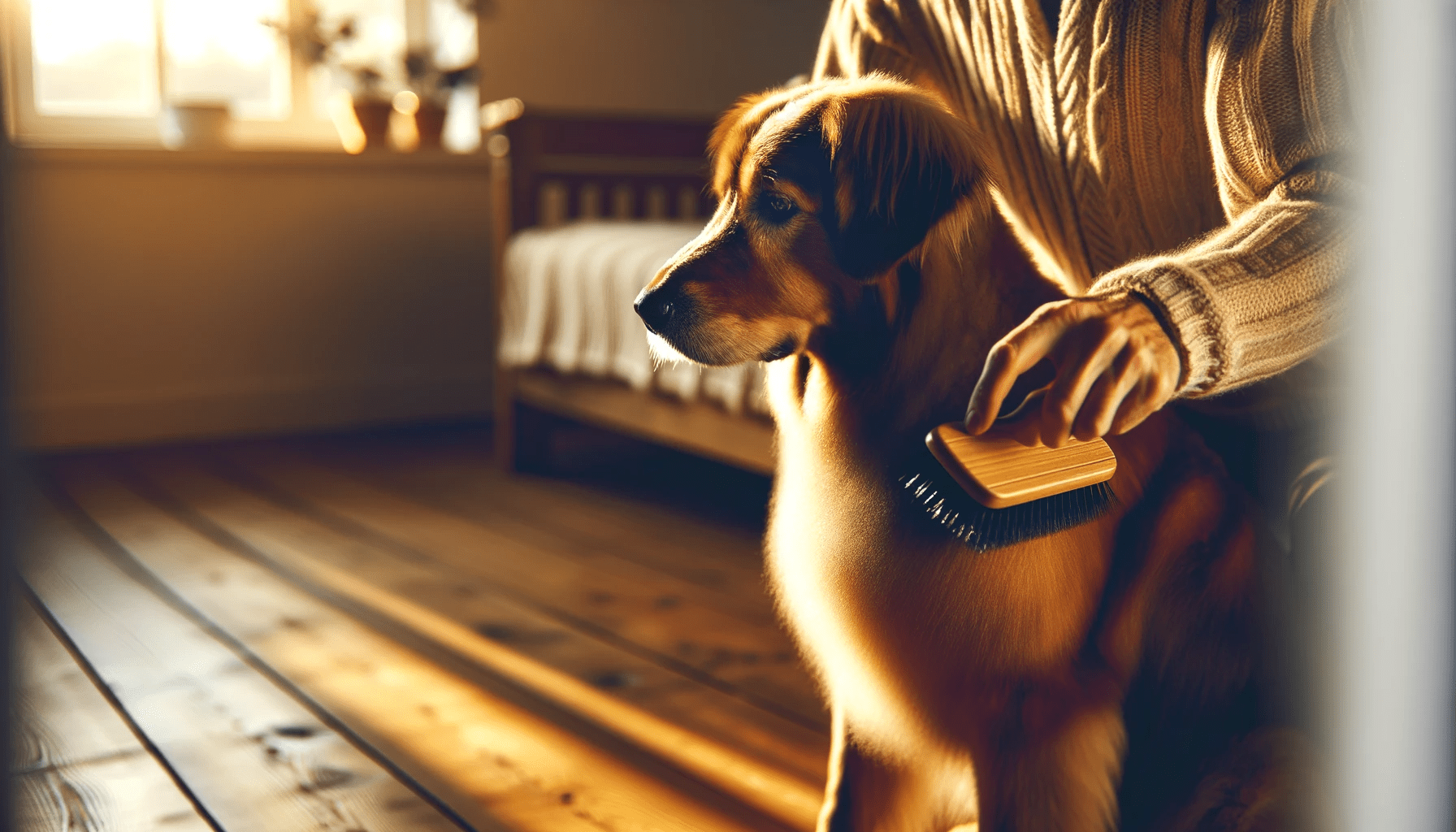You need to know the vital importance of regular grooming for your dog. Neglecting grooming can pose serious health risks.
In this article, we'll explore the benefits of regular dog grooming and the essential tools and techniques for a proper grooming routine.
We'll also discuss different grooming needs for various dog breeds and the frequency and timing of grooming sessions.
Stay informed about the 2023 dog grooming trend and ensure your furry friend stays healthy and happy.
Key Takeaways
- Regular grooming is essential for the overall health and well-being of dogs.
- Neglecting grooming can lead to various health risks, such as skin problems and infections.
- Different dog breeds have specific grooming requirements based on their coat types.
- Using the right tools and products is crucial for effective dog grooming and care.
Benefits of Regular Dog Grooming
Regular dog grooming provides numerous benefits for you and your furry companion.
Not only does it help keep your dog looking clean and well-groomed, but it also contributes to their overall health and well-being.
One of the key health benefits of regular grooming is the prevention of skin issues. By regularly brushing your dog's coat, you can remove dirt, debris, and dead hair, which can lead to skin irritations and infections if left unattended. Grooming also promotes good blood circulation and stimulates the production of natural oils, keeping your dog's skin moisturized and preventing dryness and itchiness.
In addition to the physical health benefits, regular dog grooming also plays a significant role in reducing stress for both you and your furry friend. Grooming sessions provide an opportunity for bonding and relaxation, allowing you to spend quality time with your pet.
The act of brushing and grooming can be soothing for dogs, helping to calm their nerves and reduce anxiety. It also gives you the chance to check for any abnormalities, such as lumps, bumps, or ticks, ensuring early detection and timely treatment if necessary.
Health Risks of Neglecting Grooming
Neglecting grooming for your dog can lead to serious health risks. Regular grooming isn't just about keeping your dog looking good, it's also about maintaining their overall health and well-being.
One of the biggest health risks of neglecting grooming is the development of skin and coat problems. When your dog's fur becomes matted and tangled, it can create the perfect environment for bacteria, parasites, and fungi to thrive. This can lead to skin infections, hot spots, and even dermatitis.
Another health risk of neglecting grooming is the accumulation of dirt, debris, and allergens in your dog's coat. Over time, these substances can irritate your dog's skin and cause itching, redness, and inflammation. This can lead to excessive scratching and chewing, which can further damage the skin and potentially result in open wounds and infections.
Neglecting grooming can also affect your dog's oral health. Without regular brushing, plaque and tartar can build up on your dog's teeth, leading to gum disease, tooth decay, and bad breath. Additionally, neglected nails can become overgrown and curl into the paw pad, causing pain, discomfort, and even difficulty walking.
Essentials for a Proper Dog Grooming Routine
To maintain a healthy coat, it's essential to include regular brushing in your dog grooming routine. Not only does brushing remove loose fur and prevent matting, but it also stimulates the skin and distributes natural oils.
Additionally, nail trimming is crucial for your dog's safety, as overgrown nails can cause discomfort and even lead to injuries.
Brushing for Healthy Coat
Brushing your dog's coat regularly is essential for maintaining a healthy and shiny coat. Here are some tips to help you brush your dog properly:
- Proper brushing techniques: Start by brushing in the direction of hair growth, using gentle strokes. Pay attention to tangles and mats, and gently work them out to avoid causing discomfort to your dog.
- Choosing the right brush for your dog: Different breeds require different types of brushes. For example, long-haired dogs may need a slicker brush to remove tangles, while short-haired dogs may benefit from a bristle brush to remove loose hair.
- Frequency of brushing: The frequency of brushing depends on your dog's coat type. Long-haired dogs may need daily brushing to prevent matting, while short-haired dogs may only need brushing once or twice a week.
- Benefits of regular brushing: Brushing not only helps to remove loose hair and prevent matting, but it also stimulates blood circulation and distributes natural oils, resulting in a healthier and shinier coat.
Nail Trimming for Safety
To ensure the safety of your dog during the grooming process, it's important to regularly trim their nails. Keeping your dog's nails at the appropriate length is crucial for their comfort and overall well-being.
Long nails can cause discomfort and pain, leading to difficulty walking and potential injuries. When trimming your dog's nails, it's essential to take safety precautions to avoid any accidents. Make sure to use proper technique and have the necessary tools, such as nail clippers or a nail grinder.
Take your time and be gentle when trimming, avoiding cutting too close to the quick, which is the sensitive part of the nail. Regular nail trims will help maintain your dog's mobility and prevent any unnecessary discomfort or injuries.
Ear Cleaning for Hygiene
Keep your dog's ears clean and free from dirt and debris by regularly cleaning them as part of your grooming routine. Proper ear cleaning is essential for maintaining your dog's hygiene and preventing ear infections.
Here are some ear cleaning techniques to follow:
- Gather the necessary supplies: You'll need a dog-specific ear cleaning solution, cotton balls or pads, and possibly a towel or cloth to wipe away any excess moisture.
- Inspect the ears: Before cleaning, check for any signs of redness, swelling, or discharge. If you notice anything unusual, consult your veterinarian.
- Apply the ear cleaning solution: Follow the instructions on the product and gently squeeze a small amount into your dog's ear canal.
- Massage and wipe: Gently massage the base of your dog's ear to distribute the solution. Then, use a cotton ball or pad to wipe away any dirt or debris.
Recommended ear cleaning products include Vet's Best Ear Cleaner, Zymox Ear Cleanser, and Virbac Epi-Otic Advanced Ear Cleaner.
Regular ear cleaning not only promotes good hygiene but also helps ensure your dog's ears stay healthy and problem-free.
Grooming Techniques for Different Dog Breeds
To effectively groom different dog breeds, you must understand and employ the appropriate grooming techniques. Different breeds have varying grooming requirements and challenges, so it's essential to be familiar with their specific needs.
Each breed has its own unique coat type, which determines the grooming style required. For example, long-haired breeds like the Afghan Hound or Shih Tzu need regular brushing to prevent matting and tangling. On the other hand, short-haired breeds such as the Boxer or Dalmatian may only require occasional brushing to remove loose hair.
Some breeds have special grooming challenges. For instance, poodles have a curly coat that requires regular trimming and shaping to maintain their distinctive look. Breeds with wrinkled skin, like Bulldogs or Shar-Peis, need extra attention to keep their skin folds clean and prevent infections.
Understanding the breed's specific grooming needs is crucial for maintaining their overall health and appearance. It's important to follow breed-specific grooming guidelines to ensure that you're providing the best care for your dog's coat, skin, and overall well-being.
Regular grooming not only keeps your dog looking their best but also helps to prevent skin issues, matting, and other potential health problems. So, take the time to research and learn about the appropriate grooming techniques for your particular dog breed.
Tools and Products for Effective Dog Grooming
To effectively groom different dog breeds, you'll need a variety of tools and products. Here are some essential dog grooming tools and grooming product recommendations:
- Brushes and Combs: Different types of brushes and combs are necessary for different coat types. Slicker brushes work well for removing tangles and mats, while bristle brushes are ideal for short-haired dogs. For dogs with long hair, a combination of slicker brush and wide-toothed comb is recommended.
- Nail Clippers: Keeping your dog's nails trimmed is important for their overall health and comfort. Opt for guillotine-style nail clippers or scissor-style clippers, depending on your preference and your dog's size.
- Shampoos and Conditioners: Use dog-specific shampoos and conditioners that are formulated for your dog's specific needs. For example, if your dog has sensitive skin, choose a hypoallergenic shampoo. If your dog has a dry coat, use a moisturizing conditioner.
- Ear Cleaner and Toothbrush: Regularly clean your dog's ears with a dog-specific ear cleaner to prevent infections. Additionally, brushing your dog's teeth with a dog toothbrush and toothpaste will help maintain their oral hygiene.
Frequency and Timing of Dog Grooming Sessions
To keep your dog looking and feeling their best, it's important to determine the optimal frequency and timing for grooming sessions. The frequency of grooming will depend on your dog's breed, coat type, and specific needs.
Generally, most dogs benefit from regular grooming sessions every 4 to 8 weeks, but it's best to consult with a professional groomer or your veterinarian to establish a grooming schedule that suits your dog's individual requirements.
Optimal Grooming Session Frequency
Your dog's optimal grooming session frequency depends on their specific needs and coat type. Here are some factors to consider when determining how often to groom your furry friend:
- Coat type: Dogs with long, thick, or curly coats may require more frequent grooming sessions to prevent matting and tangling. Short-haired breeds typically require less frequent grooming.
- Activity level: Dogs that spend a lot of time outdoors or engage in activities that expose them to dirt and debris may need more frequent grooming to keep their coat clean and healthy.
- Skin conditions: Dogs with certain skin conditions may benefit from more frequent grooming to help manage their symptoms and promote healing.
- Personal preference: Some dog owners simply prefer to keep their pet's coat well-maintained and may choose to groom them more frequently for aesthetic reasons.
Timing for Grooming Sessions
Considering your dog's specific needs and coat type, it's important to determine the appropriate frequency and timing for their grooming sessions. Regular grooming is vital for all dog breeds, as it helps maintain their overall health and appearance. However, the frequency may vary depending on factors such as the breed, coat length, and activity level.
For example, dogs with longer hair or those prone to matting may require more frequent grooming sessions, while dogs with short hair may need grooming less often. In addition to frequency, timing is crucial for managing grooming sessions with a reluctant dog. It's best to choose a time when your dog is relaxed and calm, such as after exercise or a meal. Patience, positive reinforcement, and offering treats can also help make the grooming experience more enjoyable for your furry friend.
Professional Dog Grooming Services and Options
When it comes to professional dog grooming services and options, it's important that you understand the various choices available to you. Professional grooming offers many benefits for your furry friend, such as maintaining their overall health and hygiene, preventing matting and skin issues, and improving their appearance and smell.
To help you navigate the world of professional dog grooming, here are four options you can consider:
- Basic grooming package: This typically includes services like bathing, brushing, nail trimming, and ear cleaning. It's a great option for dogs who need regular maintenance and upkeep.
- Full grooming package: This comprehensive package includes all the services in the basic package, along with additional services like hair trimming, styling, and de-shedding. It's perfect for dogs with longer coats or specific grooming requirements.
- Spa or luxury grooming package: If you want to pamper your pup, this package is for you. It includes all the services in the full grooming package, as well as extras like aromatherapy, paw treatments, and teeth brushing.
- Mobile grooming service: This convenient option brings the groomer to your doorstep. It's ideal for dogs who may feel stressed or anxious in a traditional salon setting.
Understanding these different options will help you choose the right professional grooming service for your beloved pet. Remember, regular grooming is an essential part of their overall well-being and should be included in their grooming routine essentials.
Frequently Asked Questions
Can I Groom My Dog at Home or Should I Always Opt for Professional Grooming Services?
You can groom your dog at home or opt for professional services. Regular grooming is vital for your dog's well-being, ensuring their coat, skin, and overall health are taken care of properly.
What Are the Most Common Grooming Mistakes That Dog Owners Should Avoid?
To avoid common grooming mistakes, make sure to brush your dog regularly, clean their ears properly, and trim their nails carefully. Don't forget the importance of regular dental care for your furry friend's overall health and well-being.
Are There Any Specific Grooming Techniques for Dogs With Sensitive Skin or Allergies?
To properly care for your dog with sensitive skin or allergies, it's important to use gentle grooming techniques and products. Regular grooming helps prevent irritation and keeps their skin healthy.
How Often Should I Brush My Dog's Teeth, and What Are the Benefits of Regular Dental Care?
To maintain your dog's oral health, brush their teeth regularly. This helps prevent dental problems, such as plaque buildup or gum disease. Regular dental care can also prevent bad breath and ensure a healthy smile.
Are There Any Natural or Homemade Grooming Products That I Can Use Instead of Commercial Ones?
You can use natural alternatives and make DIY grooming products instead of commercial ones. These options can be effective and safer for your dog's grooming needs. Plus, it can be a fun and cost-effective way to care for your furry friend.
Conclusion
Regular grooming is essential for your dog's overall health and well-being. Neglecting grooming can lead to various health risks and discomfort for your furry friend.
By establishing a proper grooming routine and using the right techniques, tools, and products, you can keep your dog's coat clean, healthy, and free from mats and tangles.
Whether you choose to groom your dog yourself or opt for professional grooming services, make sure to prioritize regular grooming to ensure a happy and healthy pup.
